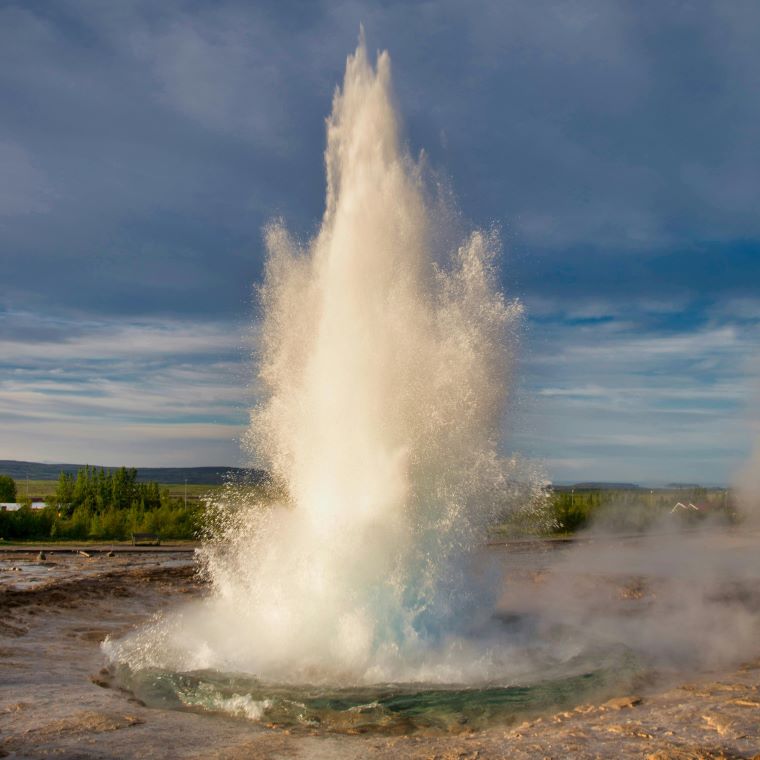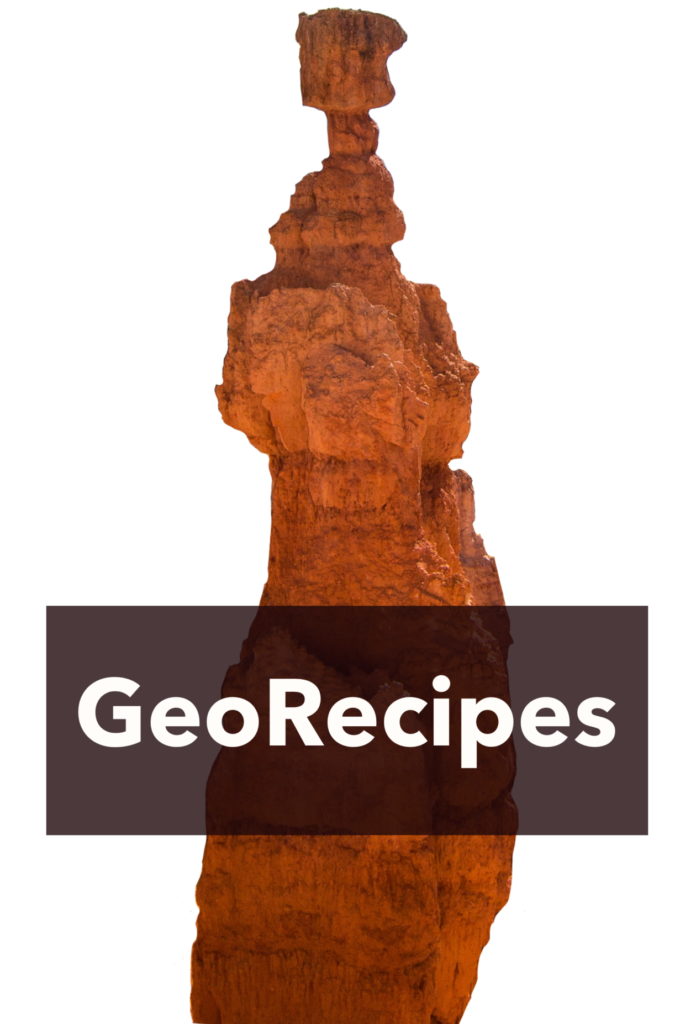
Ever thought a piece of wood could be as hard as a rock? Welcome to the world of petrified wood, where ancient forests have turned to stone, preserving the past in stunning detail. These fossilized trees, found in petrified forests around the globe, are nature’s way of showing off its geological magic. Imagine strolling through a forest where the trees shimmer with vibrant hues of quartz, jasper, and opal. Whether you’re a geology enthusiast or just love a good natural wonder, these petrified landscapes are sure to leave you in awe. Explore some of the most incredible petrified forest on Earth!
.
10. England’s Southern Coasts
Who would have ever guessed that England would be a petrified forest hot spot? In fact there are multiple deposits of petrified wood along the southern coasts of England. On the southwestern side, coasts from Devon to Somerset contain the worlds oldest known petrified trees. They are over 390 million years old. A time called the Devonian period after the town of Devon. This wood is from ancient forests of Calamophyton, only loosely resembling the trees of today.
Meanwhile along the south and south east coast trees half a million years old, from the Pleistocene epoch, have been found. Being much younger these pieces of petrified are more common. They often erode out of the cliffside as full trunks.

Access to the coasts are generally unrestricted and only a short train or car ride from London. Although, it does take a keen eye to spot the petrified wood. It is not highlighted with signs and guides as it is in other places. Make sure to respect all local laws and the areas natural processes.
9. Axel Heiberg Island, Nunavut, Canada
Axel Heiberg Island, located in Canada’s Arctic Archipelago, is renowned for its remarkable preservation of mummified wood. While not technically petrified (turned to stone), mummified wood has been preserved over many years in a state that retains some of its original organic material. Being in the artic archipelago, Axel Heiberg Island has a polar desert climate, which is exceptionally cold and dry. These conditions are crucial for the preservation of mummified wood because they prevent decay and decomposition.
The wood dates back to the Eocene epoch, approximately 45 to 55 million years ago. During this time, a lush forest filled the area with trees similar to modern-day dawn redwoods and metasequoias. Over millions of years, the wood has been preserved by a combination of freezing temperatures, minimal precipitation, and the absence of oxygen in the soil. These conditions slow down decay processes, allowing the wood to retain some of its original organic material and texture.

Access to Axel Heiberg Island is limited and typically requires scientific expeditions or research permits due to its remote location and fragile ecosystem. Researchers and paleontologists conduct fieldwork to study and collect samples of mummified wood for further analysis. The island and its natural resources are protected under Canadian law and international conservation agreements to preserve its unique geological and biological features. This protection ensures that future generations can continue to study and appreciate the island’s scientific value.
8. Isalo National Park, Madagascar
Isalo National Park in Madagascar is a stunning natural wonder known for its dramatic landscapes, including deep canyons, towering sandstone formations, and unique wildlife. Amidst its diverse scenery, the park also harbors fascinating remnants of petrified wood. These fossilized trees date back approximately 150 to 200 millions of years to the Jurassic period. The park itself is also renowned for its distinct rock formations, dubbed the “Jurassic Park of Madagascar,” adding to the allure for geology enthusiasts.
In general, Madagascar hosts several petrified forests. Specific areas known for petrified wood include the Mahajanga Province (northwest), the Isalo National Park (southwest), and the Ambatofinandrahana District (central).

Beware the journey is long. Isalo National Park is located in the southwestern part of Madagascar, approximately 700 kilometers (435 miles) southwest of the capital, Antananarivo. The nearest town and gateway to the park is Ranohira. The closest major airport is in Toliara (Tulear), which has domestic flights from Antananarivo. From Toliara, visitors can travel by road to Ranohira, a journey that takes approximately 5-6 hours. The road to Ranohira from Toliara is paved but can be rough in some sections. A 4WD vehicle is recommended, especially during the rainy season. Organized tours and local guides are available in Ranohira, offering visitors transportation into Isalo National Park and guided hikes to explore the petrified wood and other natural attractions.
7. Chubut Province, Argentina
Argentina’s petrified wood is in Chubut Province, within the northern part of Patagonia. Specifically, the Sarmiento and Gastre areas hold extensive deposits of petrified wood. The petrification process in Chubut began during the Triassic period, approximately 200 million years ago, when the region was part of the supercontinent Pangaea. The Petrified Forest of Sarmiento is one of the most famous sites in Chubut for viewing petrified wood. This protected area features large fossilized tree trunks and logs, some reaching lengths of several meters, embedded in the desert landscape.

Visitors can reach the Petrified Forest of Sarmiento and other fossil sites by car or organized tours from nearby towns. Roads leading to these areas may be unpaved or gravel, so it’s advisable to check local conditions and plan accordingly, especially during rainy seasons. Guided tours are available in some areas, providing visitors with educational insights into the geological history, formation process of petrified wood, and the significance of these fossils. The petrified wood sites in Chubut are protected under Argentine law to prevent illegal collection and preserve their scientific and cultural value. Conservation efforts focus on maintaining the integrity of fossil deposits, educating the public about their importance, and promoting responsible tourism.
6. National Fossil Wood Park, India
Nestled in the remote village of Sathanur in Tamil Nadu, India, the National Fossil Wood Park offers a fascinating glimpse into prehistoric life. This unique park is home to 120-million-year-old fossilized trees from the Cretaceous period, beautifully preserved in stone. What makes it truly special is the sheer size and number of these petrified trunks, some of which are over 20 meters long, making it one of the largest collections of fossilized wood in Asia.

Accessibility to the National Fossil Wood Park is fairly straightforward. It is located about 50 kilometers from the city of Trichy, and visitors can reach the park by car or local transport. While the park is relatively off the beaten path, its well-maintained paths and informative signage make it an accessible and educational destination for all ages.
5. El Kurru Petrified Forest, (North) Sudan
The village of El Kurru is famous for its archaeological sites, including ancient pyramids and royal burials of the Kingdom of Kush. However, for those willing to take the path less traveled, they will find a petrified forest just north of the town. This petrified wood comes from an earlier time, around 200 million years ago, when the desert was green and full of vegetation.

Access to the El Kurru petrified forest typically requires traveling by road from nearby towns or cities in Sudan. El Kurru itself is accessible by car, and visitors often arrange local guides or tours to explore the petrified forest and surrounding archaeological sites. Facilities in El Kurru may be limited, so visitors should plan accordingly with provisions for water, food, and basic amenities. Respect for local regulations and cultural heritage is important when visiting archaeological and natural sites in Sudan.
4. Gokwe Petrified Forest, Zimbabwe
The Gokwe Petrified Forest is located in the Gokwe District of Zimbabwe, in the Midlands Province. It is situated in a remote area of the country, known for its arid landscapes and scattered vegetation. The petrified trees in Gokwe date back 220 millions years ago during the Triassic age. The wood from this area is highly regarded for specimens with rare green colors.

Access to the Gokwe Petrified Forest typically requires traveling by road from major cities or towns in Zimbabwe, followed by local transportation to the site. The region may be remote and less developed in terms of infrastructure, so visitors should plan for rugged terrain and basic amenities. Facilities in the Gokwe area may be limited, so visitors are advised to bring supplies such as water, food, and appropriate clothing for outdoor exploration. Respect for local regulations and cultural heritage is important when visiting natural and archaeological sites in Zimbabwe.
3. Lesvos Petrified Forest, Greece
The Petrified Forest of Lesvos is located on the Greek island of Lesvos (also known as Lesbos) in the northeastern Aegean Sea. It is situated near the village of Sigri on the western coast of the island. The petrified trees on Lesvos date back approximately 20 million years to the late Miocene epoch. During this period, the island was covered with dense subtropical forests. Thanks to their quick burial with ash many of the trees were petrified upright. This is a rare location where the tree fossils scattered throughout the landscape and can be found in life position.

The Petrified Forest of Lesvos is accessible by road from major towns and cities on the island, such as Mytilene (the capital) and Petra. The village of Sigri serves as a gateway to the forest, with visitor centers and information points providing guidance on exploration and guided tours. Facilities near the Petrified Forest of Lesvos include visitor centers, museums, and walking trails that allow visitors to explore the fossilized trees and geological formations. Interpretive exhibits and signage provide educational information about the natural history of Lesvos and the importance of preserving fossil sites.
2. Petrified Wood Forest, Cairo, Egypt
The Petrified Forest near Cairo is located in the northeastern part of Egypt, within the vicinity of the Cairo-Ismailia desert road, specifically near the village of Maadi. The petrified wood is 35 million years old from the end of the Eocene epoch. Some of the specimens can be quite large and are a testament to Egypt’s vegetation during a much wetter climate.

Access to the Petrified Forest near Cairo typically involves traveling by road from Cairo or neighboring cities. The Cairo-Ismailia desert road provides a route to the forest area. The area is a protected site but it is set up with options for guided tours or self-guided exploration. It’s advisable to check local regulations and guidelines for visiting protected natural sites in Egypt.
1. Petrified Forest National Park, Arizona, USA
Petrified Forest National Park is located in northeastern Arizona, USA. It is situated near the town of Holbrook and covers an area of approximately 230 square miles (600 square kilometers). The park preserves one of the largest and most colorful concentrations of petrified wood in the world. Here, the petrified wood dates back to the Late Triassic period, approximately 225 million years ago, when the region was a vast floodplain covered with forests of tall coniferous trees. The petrified logs and tree trunks in Petrified Forest National Park vary in size, with some specimens reaching lengths of over 60 feet (18 meters). These fossils are scattered throughout the park’s landscape, particularly in areas such as the Crystal Forest, Giant Logs, and Rainbow Forest.

The park is accessible by car via Interstate 40 and U.S. Route 180. Several scenic drives and hiking trails allow visitors to explore different parts of the park, including areas where petrified wood is prominent. The park features visitor centers at the north and south entrances, providing information about the park’s geology, history, and recreational opportunities. Exhibits and interpretive displays offer insights into the formation of petrified wood and the ancient ecosystems of the Late Triassic period. Ranger-led programs and guided tours are available seasonally, offering educational experiences about the park’s natural and cultural resources, including petrified wood.
If you want to know how petrified wood is made check out the Geo Recipe!














